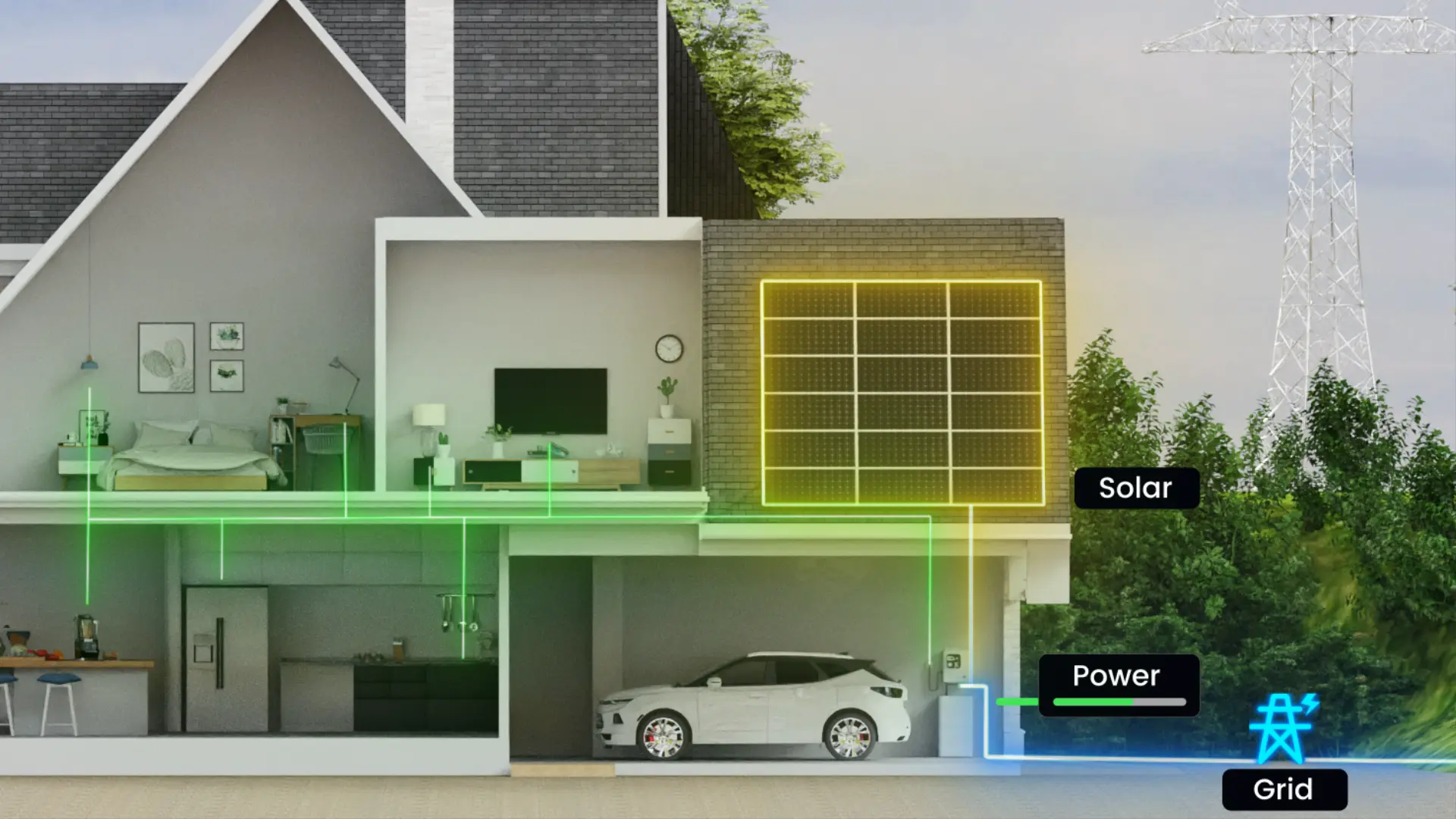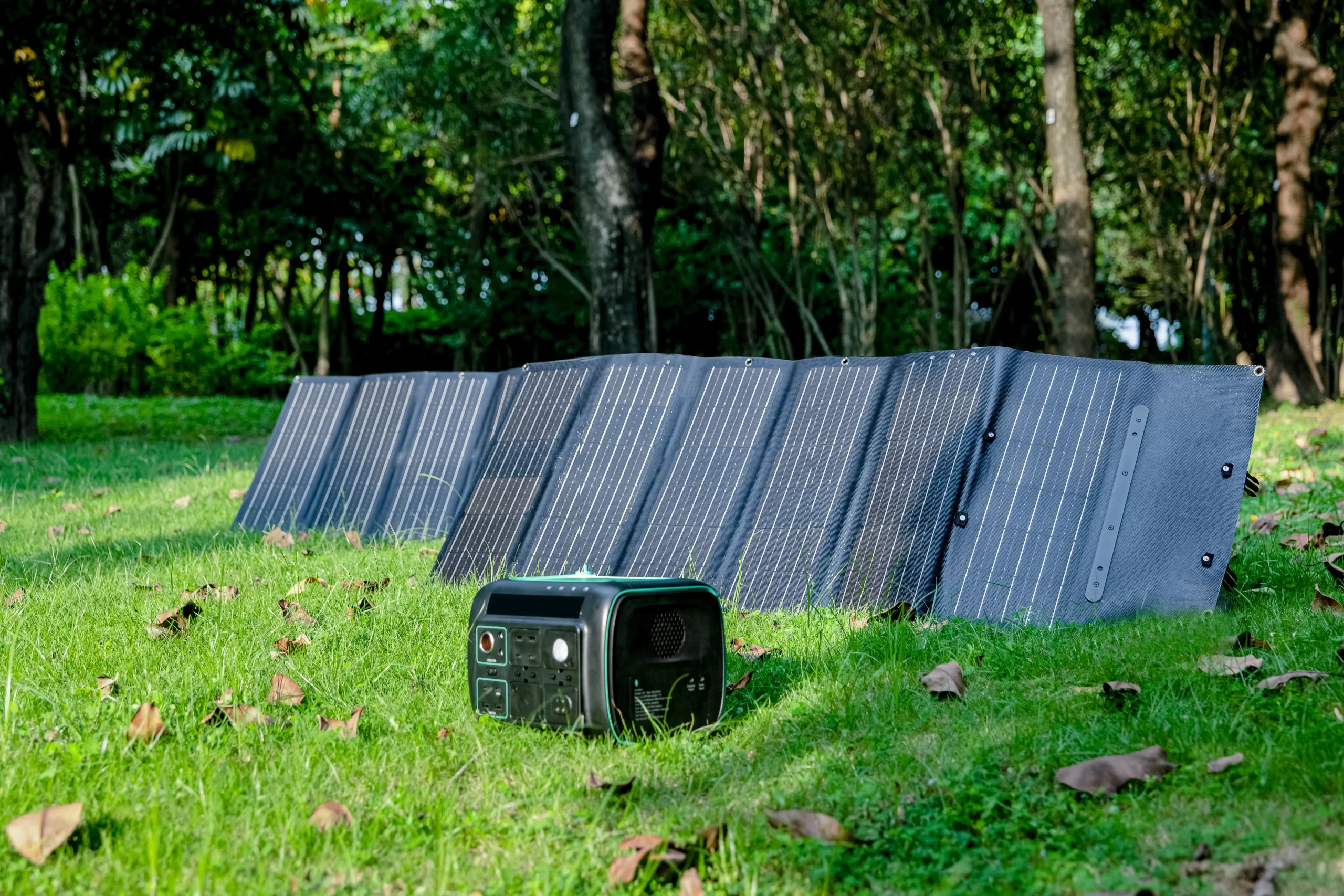As global demand for renewable energy continues to grow, solar energy storage technology has made remarkable strides in recent years. September 2024 saw numerous breakthroughs in this field, enhancing solar energy utilization efficiency and laying the foundation for future sustainable energy solutions. This article provides a comprehensive analysis of the latest developments in solar energy storage technology, covering market dynamics, technological breakthroughs, system integration innovations, future trends, challenges, and opportunities.

Basic Concepts of Solar Energy Storage Technology
Definition and Role of Solar Energy Storage
Solar energy storage technology converts solar energy into electricity and stores it for later use. This process typically involves solar panels converting sunlight into electricity, which is then stored in energy storage devices (e.g., batteries). Solar energy storage systems provide a steady supply of electricity to homes, businesses, and the power grid, even when sunlight is insufficient or at night.
How Solar Energy Storage Works
The core components of a solar energy storage system include solar panels and storage batteries. Solar panels convert sunlight into direct current (DC), which is then converted into alternating current (AC) by an inverter for daily use. Excess power is stored in batteries for use when sunlight is unavailable.
Solar Energy Storage Market Overview, 2024
Global Solar Energy Storage Market Size
The global solar energy storage market has experienced rapid growth, with projections for 2024 expecting a compound annual growth rate (CAGR) of over 15%. This expansion is driven by government policy support and continuous technological advancements.
Key Market Players and Technologies
Major players in the market include Tesla, LG Chem, and Panasonic, which have deep expertise in lithium battery technology. Additionally, emerging companies are exploring new technologies such as solid-state batteries and sodium-ion batteries to improve energy storage efficiency and reduce costs.
Key Regional Market Dynamics
- North America: California and Texas are major markets for solar energy storage, driven by policy incentives.
- Europe: The EU’s Green New Deal has increased investment in clean energy, boosting the solar energy storage market.
- Asia: Countries like China and India are rapidly expanding their solar capacity and storage facilities, supported by government policies and strong market demand.
Latest Breakthroughs in Solar Energy Storage Technology
Advances in Solid-State Battery Technology
- Principle of Solid-State Batteries: Solid-state batteries use solid electrolytes instead of liquid, improving safety and significantly increasing energy density.
- 2024 Breakthroughs: Scientists made significant progress in material selection and electrolyte interface design, accelerating the commercialization of solid-state batteries and enhancing solar energy storage efficiency.
Development of Electrolyte-Free Batteries
- Advantages: Electrolyte-free batteries provide greater safety and longer lifespan.
- 2024 Breakthroughs: New materials developed for electrolyte-free batteries in 2024 increased energy density and extended service life, making solar energy storage systems more efficient and reliable.
Nanotechnology in Solar Energy Storage
- Role of Nanomaterials: Nanotechnology has significantly improved battery conductivity and energy density, reducing material usage and lowering costs.
- 2024 Developments: Researchers developed graphene-based nanocomposites for battery electrodes, improving charging/discharging speed and extending battery life, marking a new era in solar energy storage.
Innovation in Energy Storage System Integration
Integration of Solar Energy and Storage Systems
- Advantages of Integrated Systems: Integrating solar energy with storage systems enhances energy management and distribution efficiency, increasing overall system reliability.
- 2024 Innovations: Technologies such as distributed energy management systems (DEMS) and microgrids have made solar energy storage integration more efficient and flexible, helping homes and businesses optimize solar resource use and reduce grid dependency.
Artificial Intelligence (AI) and Big Data in Energy Storage
- Role of AI: AI and big data analyze and predict energy usage patterns, optimizing battery charging and discharging processes to maximize battery life and system efficiency.
- 2024 Applications: AI advancements in predicting solar power generation and electricity demand have enabled solar energy storage systems to better manage energy demand and utilization.
Future Trends in Solar Energy Storage Technology
Sustainability and Environmental Impact
- Environmentally Friendly Materials: As environmental awareness grows, solar energy storage systems will increasingly use eco-friendly materials and minimize hazardous substances.
- Waste Battery Recycling: Future developments will focus on recycling and reusing valuable materials from used batteries, reducing environmental pollution and resource waste.
Policy Support and Incentives
- Global Policies: Governments support solar energy storage development through tax incentives, subsidies, and R&D funding.
- 2024 Policies: New policies introduced in 2024 aim to reduce costs, promote technological innovation, and expand the market.
Challenges and Opportunities for Solar Energy Storage Technologies
Current Technological Challenges
- Energy Density and Efficiency: Improving energy density and efficiency remains a key challenge. While progress continues, further breakthroughs are necessary for large-scale applications.
- Cost Control: Reducing system costs is essential for the widespread adoption of solar energy storage. Technological innovation and large-scale production will play key roles in achieving cost reductions.
Future Market Opportunities
- Emerging Markets: Developing countries are experiencing growing demand for clean energy, creating vast opportunities for solar energy storage technology. The potential of these markets opens up new avenues for the widespread adoption of solar energy storage.
In 2024, solar energy storage technology has made significant advances, improving efficiency and driving market expansion. As technological innovation and market development continue, solar energy storage is expected to become an integral part of the global energy mix, contributing to the achievement of sustainable development goals.
Frequently Asked Questions (FAQs)
- What is solar energy storage technology?
Solar energy storage technology converts solar energy into electricity and stores it for later use. - What are the new breakthroughs in solar energy storage technology in 2024?
In 2024, breakthroughs were made in solid-state batteries, electrolyte-free batteries, and nanomaterial applications. - What are the main challenges facing solar energy storage technology today?
The primary challenges include increasing energy density and efficiency while reducing system costs. - How does artificial intelligence play a role in solar energy storage?
AI optimizes battery charging and discharging processes by analyzing and predicting energy usage patterns, improving system efficiency. - What are the key opportunities in the future solar energy storage market?
The increasing demand for clean energy in emerging markets, especially in developing countries, offers significant opportunities for solar energy storage technology. - What policies are in place to support the development of solar energy storage technology?
Governments support solar energy storage technology development through tax incentives, subsidies, and R&D funding.




